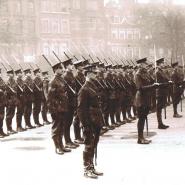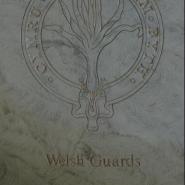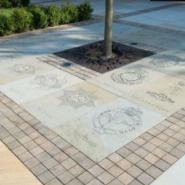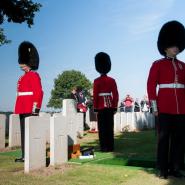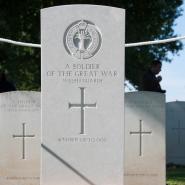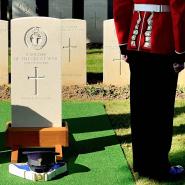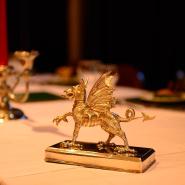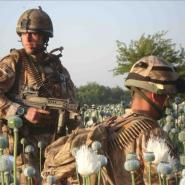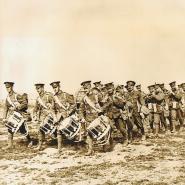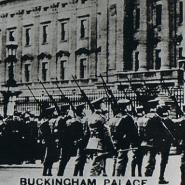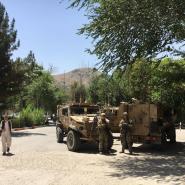The Welsh Guards was raised on 26 February 1915 by order of King George V, in order to complete the national complement of regiments of Foot Guards identified with the countries of the United Kingdom.
On inception the Regiment took its place alongside the English Grenadier Guards and Coldstream Guards, the Scots Guards and the Irish Guards. Two days later, the Battalion mounted its first King's Guard at Buckingham Palace on 1 March 1915 - St David's Day.
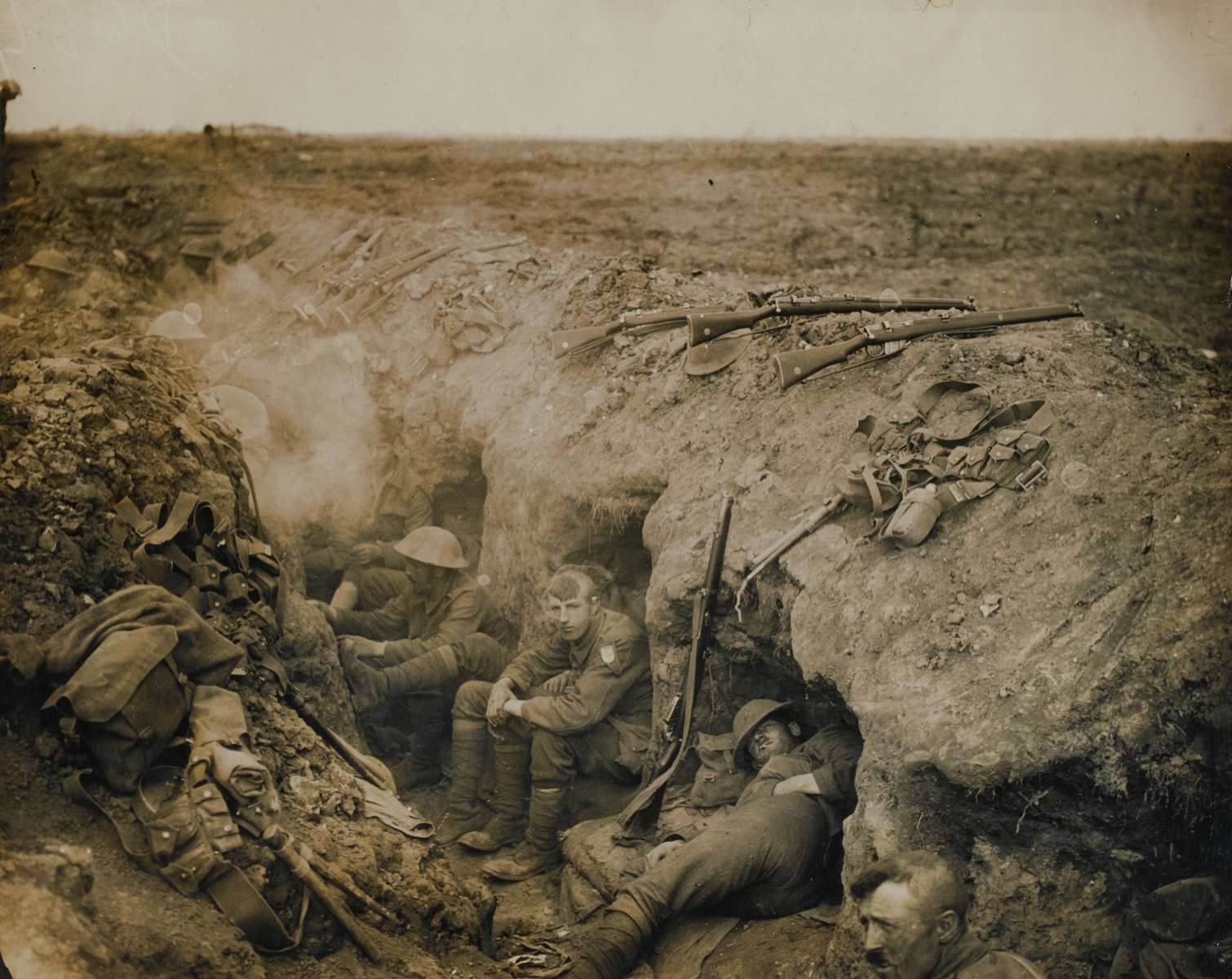
On 17 August 1915 the 1st Battalion sailed for France and formed part of the Guards Division. Its first battle was fought at Loos on 27 September 1915 and the Regiment's first Victoria Cross was won by Sergeant Robert Bye at Pilckem in July 1917.
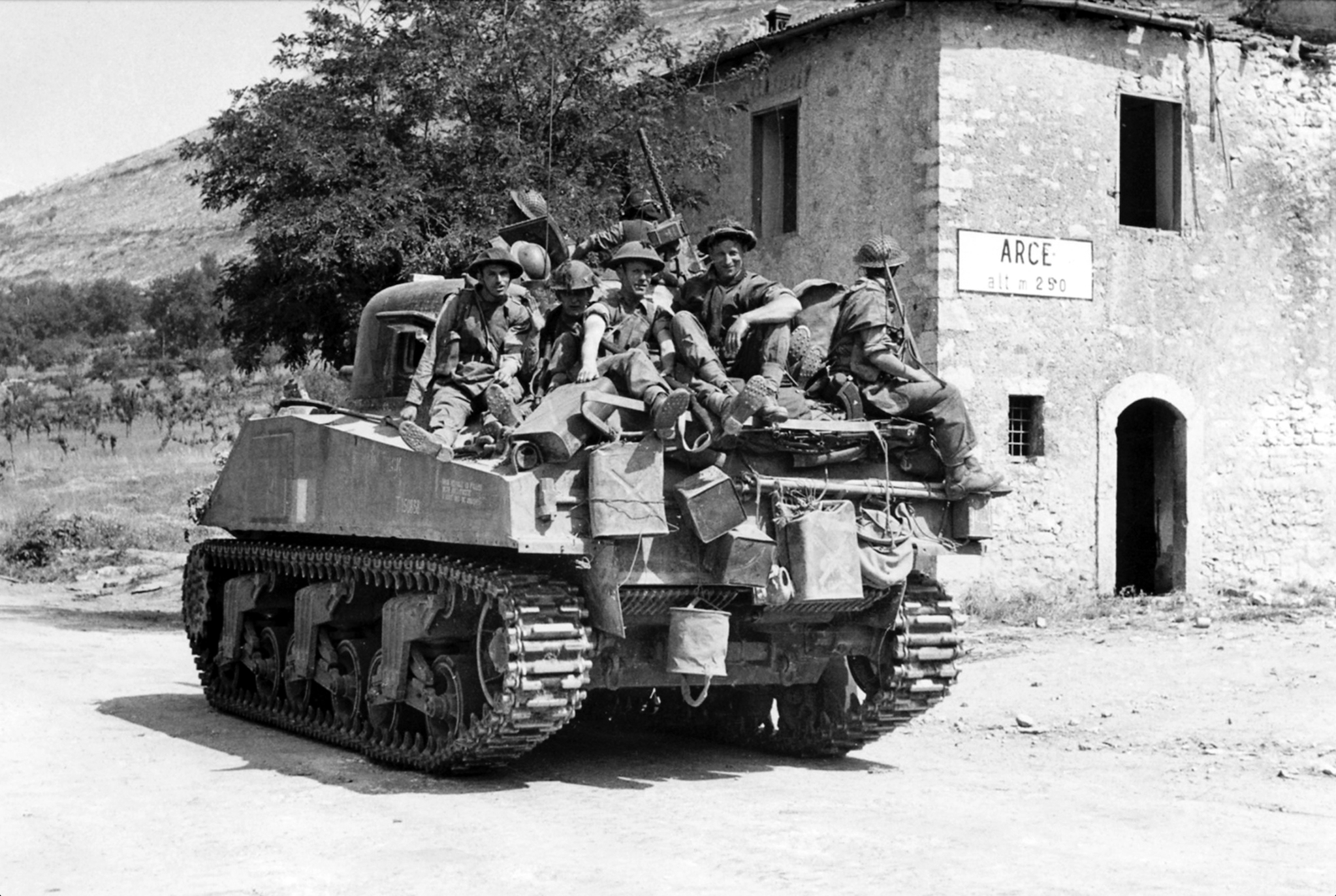
Between the wars the 1st Battalion was stationed in Cologne, Egypt and Gibraltar, where it was at the outbreak of war in 1939.
The Regiment was expanded to three Battalions during World War II. The 1st Battalion fought in all the campaigns of North West Europe. The 2nd Battalion was formed in 1939 and fought in Boulogne in 1940, whilst the 1st Battalion was in Belgium as part of the British Expeditionary Force.
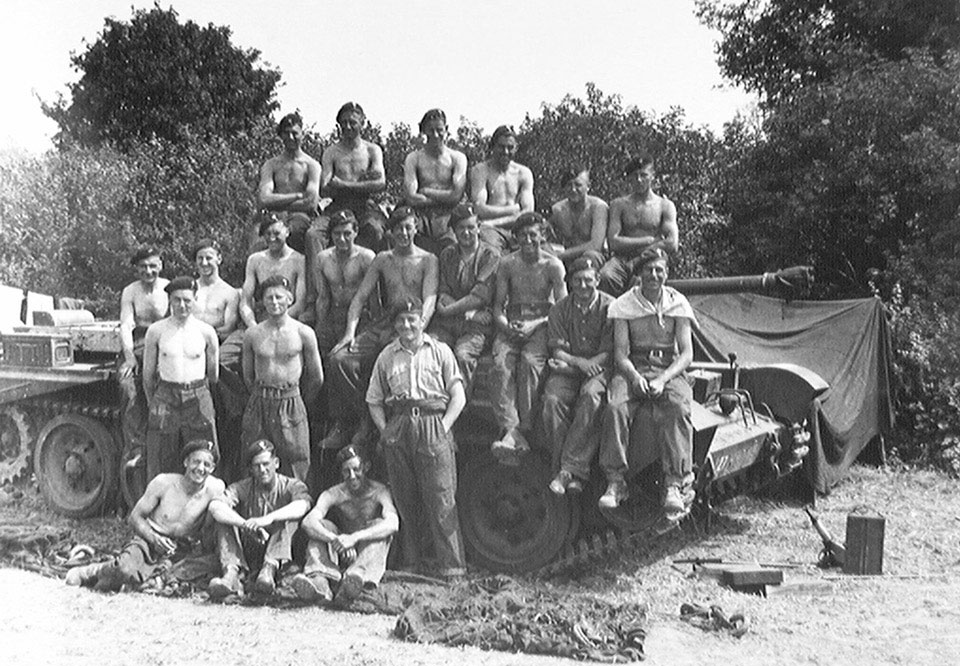
In May 1940, at the Battle of Arras, the Regiment's second Victoria Cross was won by Lieutenant the Hon Christopher Furness, who was killed in action. In 1941, a 3rd Battalion was raised and fought throughout the Tunisian and Italian Campaigns.

Meanwhile, the 1st and 2nd Battalion formed part of the Guards Armoured Division - the 1st Battalion as infantry and the 2nd Battalion as an Armoured Battalion. The two Battalions working together were the first troops to re-enter Brussels on 3 September 1944 after an advance of 100 miles in one day, in what was described as "an armoured dash unequalled for speed in this or any other war".
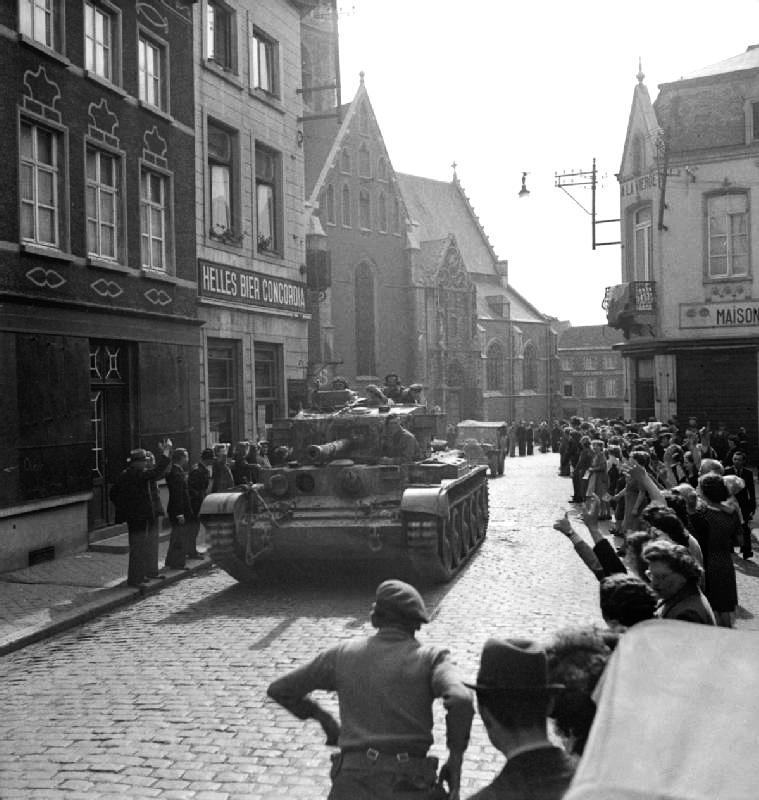
Shortly after the war, the 3rd Battalion was disbanded and the 2nd Battalion was placed in suspended animation. In the second half of the last century the 1st Battalion served in Great Britain, Northern Ireland, Palestine, Egypt, Germany, Aden, Cyprus and Belize, as well as forming part of the task force that fought in the Falklands campaign in 1982. The Battle Honour for which is now borne on the colours.

Exercises have been conducted all around the world, including in the USA, Canada, Greece, Belize, Norway, Kenya, Morocco, Gibraltar, Macedonia, Poland and France.
More recently the 1st Battalion has deployed on Operations on two tours of Bosnia and tours of Northern Ireland, Iraq, Kosovo as well as three operational tours in Afghanistan in 2009, 2012 and 2018.
An electronic version of the History of the Welsh Guards by C H Dudley Ward DSO MC, first published in 1920 is available here.

